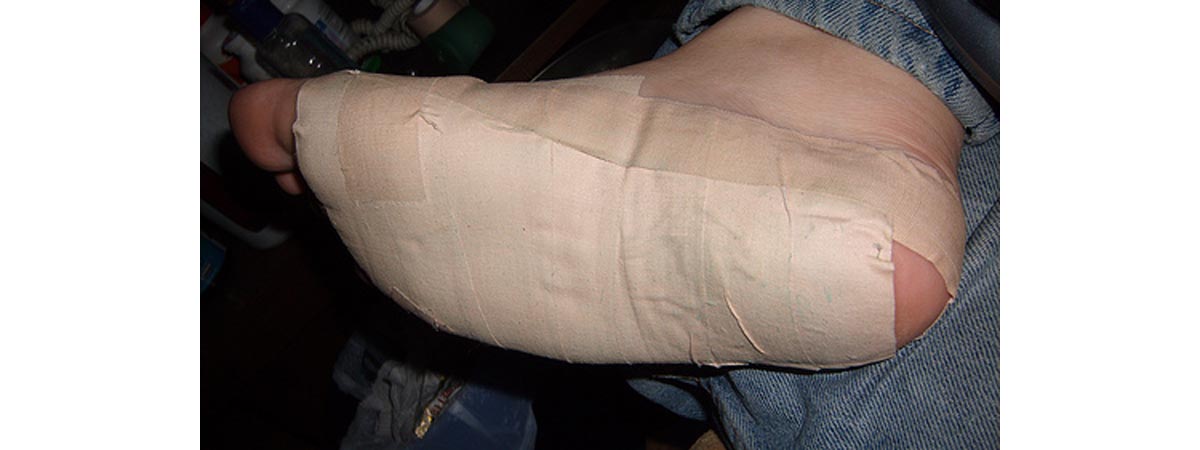Table of Contents
The diagnosis and treatment of heel pain amounts to over a million visits to medical professionals annually in the USA. And although a quarter of all injuries in runners involve heel pain, this ailment is not confined to sports people but affects people with all levels of activity – including the sedentary. The most common heel condition is called plantar fasciitis – inflammation of the plantar fascia. Over three million Americans are currently living with this condition, which is most common in people aged 45 to 64.

What are the plantar fascia?
Fascia are a fibrous thin layer or sheet of tissue which appears throughout the body. It is mainly made up of collagen, a protein, and is not very stretchy i.e. it does not contain many elastic fibres. Due to its "woven" structure, fascia can stretch more in one direction than in another. Like ligaments it forms an inelastic material linking bones and other structures.
The plantar fascia is found in the sole (plantar area) of the foot, and it runs from the heel into the base of the toes, so it is a major component of the foot. Importantly, the plantar fascia spans the arch of the foot and plays a role in helping to maintain the arch.
What is plantar fasciitis?
Plantar fasciitis occurs when small tears appear in this tissue, causing an inflammatory reaction, as the body gets ready to repair the damage. This inflammation means that there is increased blood flow to the area, bringing blood and other fluids and specialized cells in for the repair effort. The increased fluid and chemicals to the area irritate nerve endings, causing pain. This mechanism is a nuisance, but it also serves to make people rest their foot, allowing healing to take place.
What does plantar fasciitis feel like?
Sometimes, pain caused by plantar fasciitis is felt in the arch or centre of the sole, rather than in the heel. But on examination a foot specialist (podiatrist) will apply pressure over a bony protrusion of the heel (the medial tubercle) which is just at the start of the arch on the inner border of the foot. In many cases of plantar fasciitis this will cause pain or discomfort for the sufferer.
The pain of plantar fasciitis is frequently felt most with the first steps after getting up from bed or from sitting, and also at the end of the day. The reason for this is that in both situations inflammatory fluid will have collected in the foot – when you’re standing and walking this gets ‘pumped’ away. There is not much room in the foot for additional fluid, so those first few steps force the fluid between the tissues which is — not surprisingly – rather uncomfortable.
Also, when you first stand up you stretch the plantar fascia as you bear your bodyweight on your feet, and this pulls on the tears in the already injured tissue, causing pain.
- www.ncbi.nlm.nih.gov/pmc/articles/PMC2907928/
- Neale’s Disorders of the Foot. 8th Edition. Published by Churchill Livingstone, Edinburgh, UK
- Photo courtesy of Rev. Xanatos Satanicos Bombasticos by Flickr : www.flickr.com/photos/clintjcl/3429836936/
- Photo courtesy of Kai C. Schwarzer by Flickr : www.flickr.com/photos/postsumptio/4823540850/
- www.lowerextremityreview.com/article/the-epidemiology-of-plantar-fasciitis
- www.scpod.org/search/?s=1&searchRequestDefaultsId=30&baseResultsSearchRequestId=984&page=4

